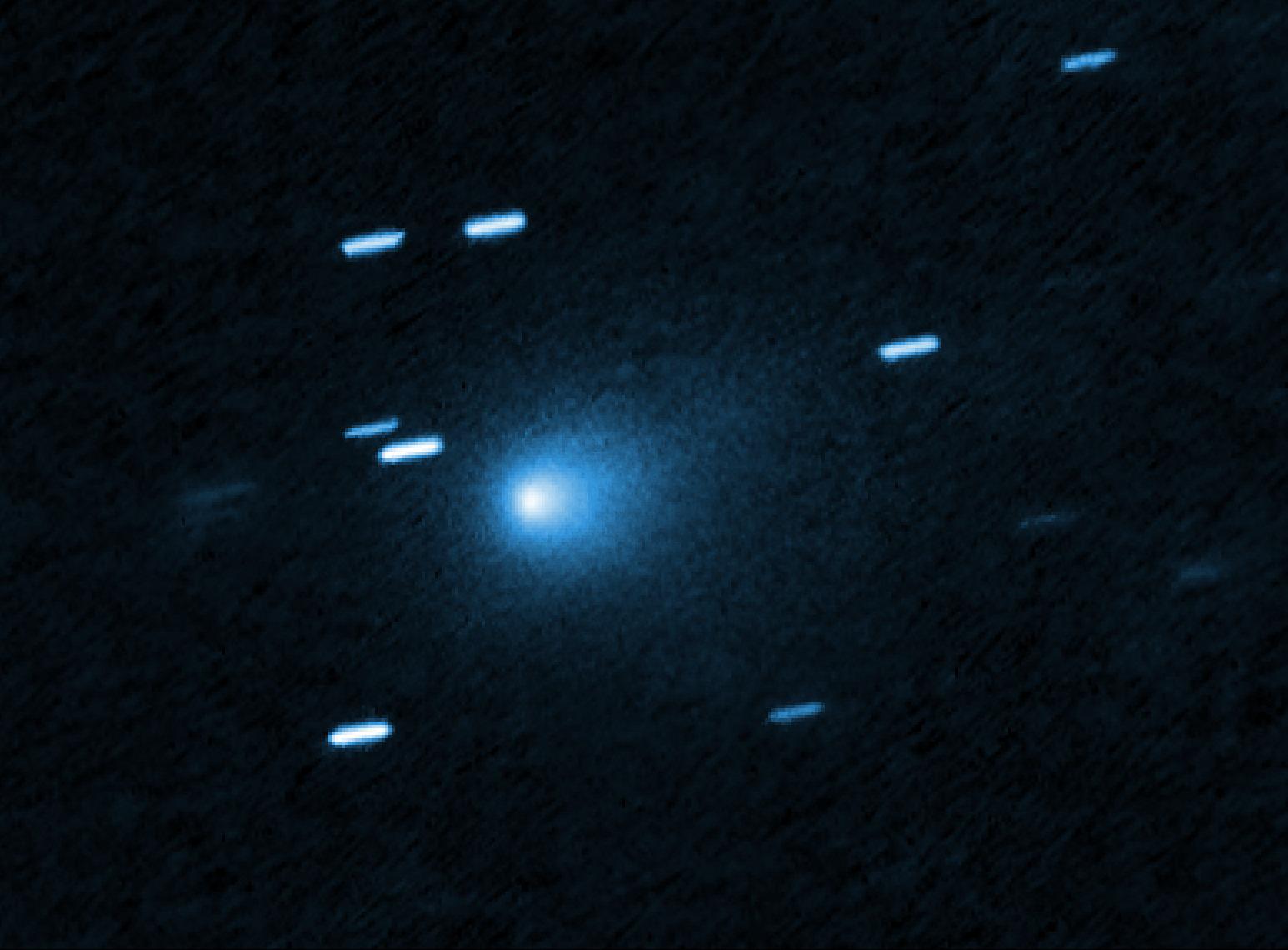NASA Comet 3I ATLAS: A New Celestial Visitor

Introduction
The discovery of the comet 3I ATLAS by NASA has stirred scientific interest and public excitement. Identified as a new celestial entity in our solar system, 3I ATLAS is crucial not just for astronomers but also for our understanding of the formation of comets and other cosmic phenomena.
Details of Comet 3I ATLAS
Comet 3I ATLAS was discovered by the Asteroid Terrestrial-impact Last Alert System (ATLAS) in December 2020. Since its discovery, observations have shown that the comet is approaching Earth, with its closest approach expected in 2024. Scientists have calculated that it could be visible to the naked eye, presenting a unique opportunity for both amateur and professional astronomers to observe this celestial object.
The comet is classified as a non-periodic comet, meaning it does not follow a predictable orbit like some others, such as Halley’s Comet. This unpredictability adds to the intrigue surrounding its study. Initial observations suggest that this comet may contain ancient materials from the early solar system, providing valuable insights into its formation.
The Importance of Comets
Comets like 3I ATLAS are considered time capsules of the solar system’s early history. Studying these objects can reveal information about the primordial conditions that existed billions of years ago when the solar system was forming. The composition of comets can offer clues about the water and organic molecules present during the formation of Earth, theories suggest that comets may have even contributed to the emergence of life on our planet.
Public Engagement and Observation
NASA has actively encouraged public engagement with this comet’s approach. Upcoming amateur astronomy events will focus on observing 3I ATLAS, with local astronomical societies planning night sky watches. Such events will provide great opportunities for people worldwide to connect with astronomy and learn about the cosmos.
Conclusion
The NASA Comet 3I ATLAS is not just another comet; its study may unlock essential secrets about our solar system’s origins and evolution. As it approaches Earth, this comet represents both a scientific treasure and a chance for the public to engage with astronomy. Future observations will undoubtedly generate more excitement and interest as we prepare for its anticipated appearance in 2024.
